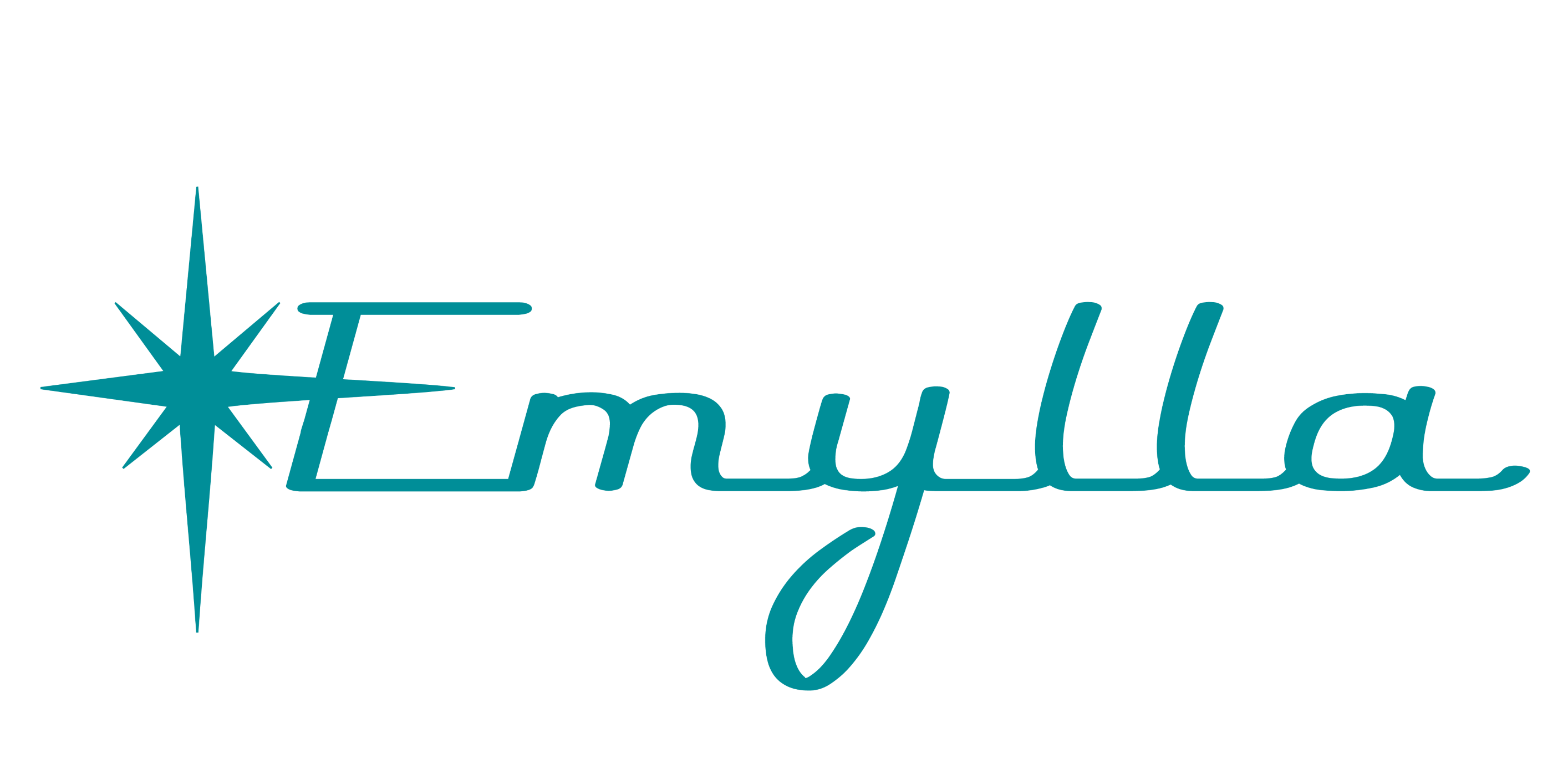We understand the challenge. You need to generate powerful insights from your data — insights into your customers, your operations, and your market that drive competitive advantage and business growth. And, you need to move fast. But your data is spread out; Dispersed among a wide variety of systems, locations, files, and applications. The structure and volume of your data makes it difficult and time-consuming to analyze.
With disconnected data, it can be exceptionally difficult to extract meaningful insights. You need the full context, which is revealed in the complex connections between data, to generate a deeper level of insight. In business, like in life, our knowledge depends on knowing how something is connected to the rest of the world. This context is vital.
For example, a doctor doesn’t just take a patient’s body temperature and then make a diagnosis. Rather, she examines the patient’s symptoms, vital signs, medical history, prescription drugs, lifestyle, family history, and other information to form a diagnosis. Then, she mentally connects that diagnosis with her education and experience to determine the best possible treatment plan.
Like the doctor, your challenge is to identify “ailments” (i.e. opportunities) in the business and identify the best course of action. To this end, quickly and easily seeing the complex relationships across the full spectrum of your data is essential.
Recognizing this, businesses have invested huge sums into comprehensive data integration projects. Unfortunately, the results are often disappointing and don’t deliver the anticipated ROI. The reason is that a rigid “one-size-fits-all” approach doesn’t support the constantly changing landscape of your business. By the time you implement the integration platform, the business has changed. New data streams are constantly being generated and business goals have changed. You need a data management strategy that can flex with your business.
Ideally, the right approach to data integration should fit seamlessly into your business, allowing you to quickly leverage existing data wherever it resides and in its native format. Additionally, the ideal strategy should increase the accessibility of data across your organization. And, most important, it must enable deeper insight by readily showing the connections and relationships between your data. If this describes your organization’s data goals, then a semantic data fabric, or enterprise data fabric, is worth considering.
A key component of an enterprise data fabric is the “knowledge graph.” Compared to a traditional relational database system, a knowledge graph does a much better job of highlighting the connections between various points of data. Furthermore, knowledge graphs typically employ a “semantic layer” providing a natural, more user-friendly method of querying data. For these reasons, and many others, knowledge graphs are the centerpiece of a modern, enterprise-level data fabric. (The specifics of creating an enterprise data fabric will be covered in future blog posts.)
So, what are some use-cases for knowledge graphs? Essentially, think of a past situation where you grabbed a dry erase marker and walked to whiteboard. This was likely a great application for a knowledge graph. The ideal use-case is one where the flow and connections between your data is as important, or more important, than the data itself. Here are some specific examples:
• Customer 360: Connecting all your customer data enables you to communicate with customers in a more personalized way and stay ahead of your customers’ changing needs.
• Customized Product Configurator: Connecting customer data with product information allows you to specifically customize a product or service offering to each individual customer.
• Supply Chain Assessment: With customer and product data connected, now you can integrate data from your operations to expose not only cost-savings, but also opportunities to fulfill customer requests faster and with less friction.
• Employee Development: Matching an employee’s specific skills, knowledge, and interests to a business challenge gives the employee the best chance of success, while enhancing their satisfaction with the company and maximizing their impact on the business overall.
Since knowledge graphs can map the deep and winding relationships between complex datasets, often the graph itself will unveil valuable insights that you wouldn’t have otherwise found in a relational database system. And with knowledge graphs, you can start with a specific use-case requiring a smaller upfront investment and, once you start seeing the benefits from one application, it’s relatively easy to integrate datasets from other areas of your business. Additionally, since the original data sources are not disrupted, your data governance and regulatory compliance remain intact.
Interested in exploring knowledge graphs further? Emylla is ready to help you take the next step. Drop us a line here.
# # #

